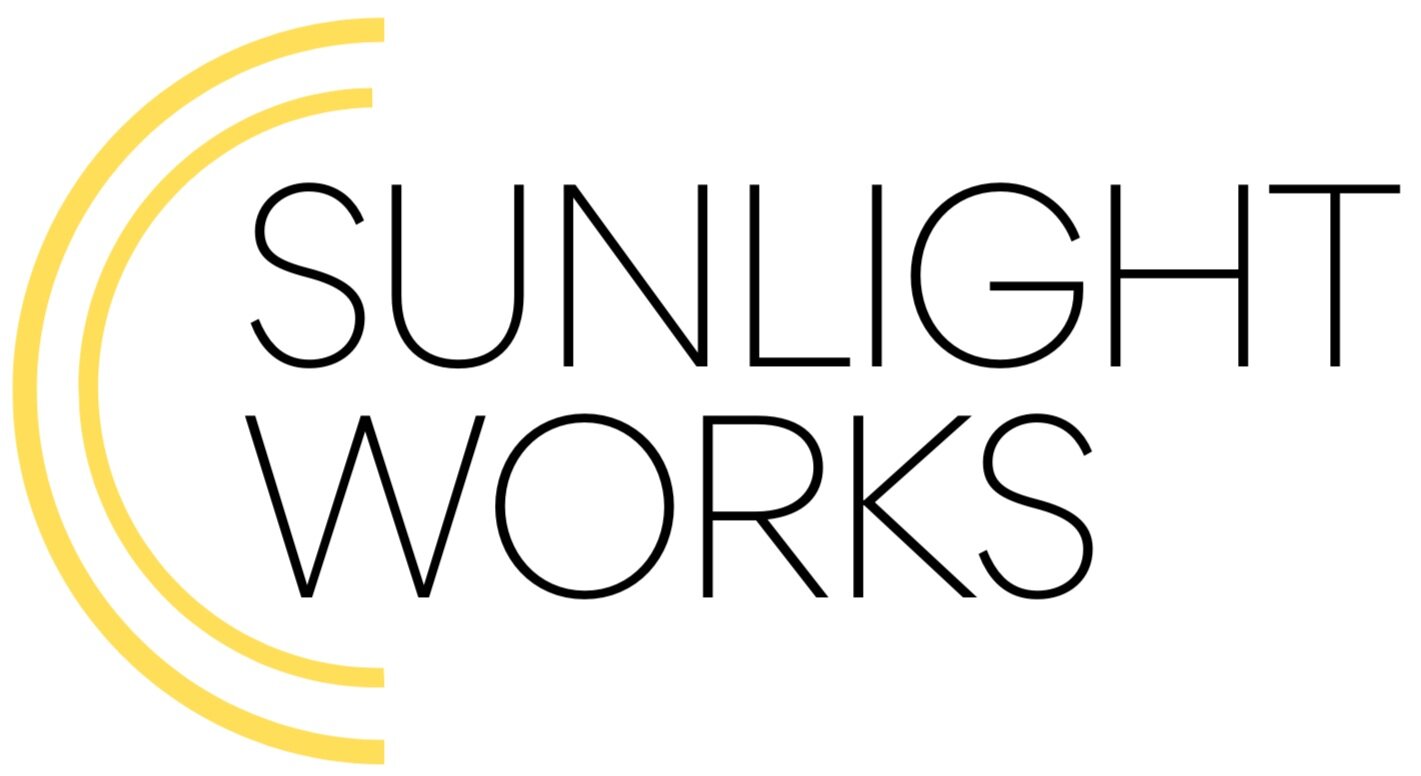Why do 80% of diversity & inclusion initiatives fail?
The training and development space for Diversity and Inclusion can take on many faces, including but not limited to race, gender, sexual orientation, affirmative action, to HR equal opportunity laws. Our program focuses on changing behaviors that stem from unconscious bias, belief systems and pre-judgements. We start with what causes behavior (the brain and emotion). Because of recent events, a lot of our emotions have been heightened. Therefore, our program starts with understanding the impact of our emotional intelligence.
The traditional approach to diversity & inclusion is to change hearts and minds. We ask people to believe until they behave. It’s not wrong. It’s just not very effective. A few people get it. Most don’t and the paralyzing and inhibiting patterns continue.
Here’s the point: Inclusion is behavioral. Yes, it begins with awareness, understanding, and appreciation, but to “be” inclusive is a matter of skill. It takes practice.
It’s in the practice that the light really goes on. It’s experiential. You learn inclusion most powerfully when you practice inclusion. Why? Because the behavior produces confirming evidence that the behavior is right and that it works.
Collaborating with a team of forward thinkers, years of research, and by engaging in pioneering work in applying a behavioral approach to diversity & inclusion, we have seen impactful results.
Perhaps not surprising, most inclusive behaviors relate to skills such as social perception, social effectiveness, self- control, and specifically mindfulness, ego management, empathy, openness and relationship management. These are all dimensions of emotional intelligence. You can talk about these skills all you want. And you can talk about the importance of diversity and inclusion all you want. But somewhere, sometime, somehow, the “rubber has to meet the road.” The individual has to put these learned skills to the test, and in the process, experience a personal “aha” moment that inclusiveness, valuing diversity, respect for all by all does in fact create positive personal, business, and campus impact.
The behavioral approach to diversity & inclusion is based on a simple premise: “Behave until you believe.” In other words, until a person puts actual inclusive and respectful behaviors into practice, there is no confirming evidence about diversity & inclusion. There is no personal conversion or transformation. There is no business or campus impact. The paradigm is still about compliance.
When a person does act with those inclusive and respectful behaviors, as they relate to emotional intelligence skills, that person crosses a threshold of understanding and application. She or he is never the same, because the business case, the cultural case, the ethical case, and the humanitarian case for diversity and inclusion have exploded with real results. “I can now hear you, because your actions are speaking louder than your words.”
D&I Competencies and Skills:
Psychological Safety: Safe to learn, to be included, contribute, question the status quo (without fear)
Emotional Intelligence: Demonstrate self-awareness, regard, control, social- perception and effectiveness
Collaboration: Gain trust and support of others. Represent own interest while being fair to others
Trust & Accountability: Demonstrate the 4 cores of credibility, practice behaviors of trust, work to restore trust. Take personal responsibility.
Managing Conflict: Settle differences in productive ways; common ground or accept alternatives
Problem Solving: Uncover the root cause and ask the right questions
Building Networks: Draw upon multiple relationships to exchange ideas and resources
Valuing Differences: Work to understand perspectives and cultures. Practice sensitivity to others communication
Communicate Effectively: Empathically listen to others. Upon understanding, adjust to align with the audience. Encourage open expression.
Situational Adaptability: Can act effectively based on the circumstances. Pick up on situational clues.
D&I work becomes impactful as we view it not just through the lens of civility, but seeing D&I as a tool for productivity and innovation with specific competencies and skills. Individuals can identify, through assessments, which of the competencies and skills above would add value to their situation.
Creating psychological safety physically, socially, mentally, and emotionally is the first behavior to engage in. Too often organizations attempt to bring to the round table factions to unify and what ends up happening? Divisive dialogue. This is because people are often not ready to do the work. Their heart is in the right place, but they may lack some of the skills needed to crack the egg, communicate the sensitive (sometimes political) issues, listen with un-filtered ears, explore diverse alternatives, select inclusive solutions, move beyond rhetoric (move to action) and measure the outcomes.
To anchor diversity and Inclusion, understanding, and mutual respect, individuals must be equipped with the tools/ behaviors to create a safe space, listen, empathize, self-reflect and express themselves in a way to be heard. D&I work as an event is not as effective as D&I work as a process. For D&I to be effective, it requires leadership’s attention with several phases of engagement. Phase One is pre-work to foster psychological safety and create a mutually agreed upon agenda for Phase Two and onward.
A multi-phase D&I initiative goes beyond awareness and brings light to the value and great opportunities that exist in our diverse world. A multi-phase approach allows for the exploration of the different dimensions of many voices and the contribution they bring. D&I work should help participants “SEE” and identify the strengths that come from our differences.
In short, effective D&I work leads participants towards open communication and interactions within a process that is psychologically safe, inclusive and more than rhetoric. Diversity is a leadership competence and should be results driven.
